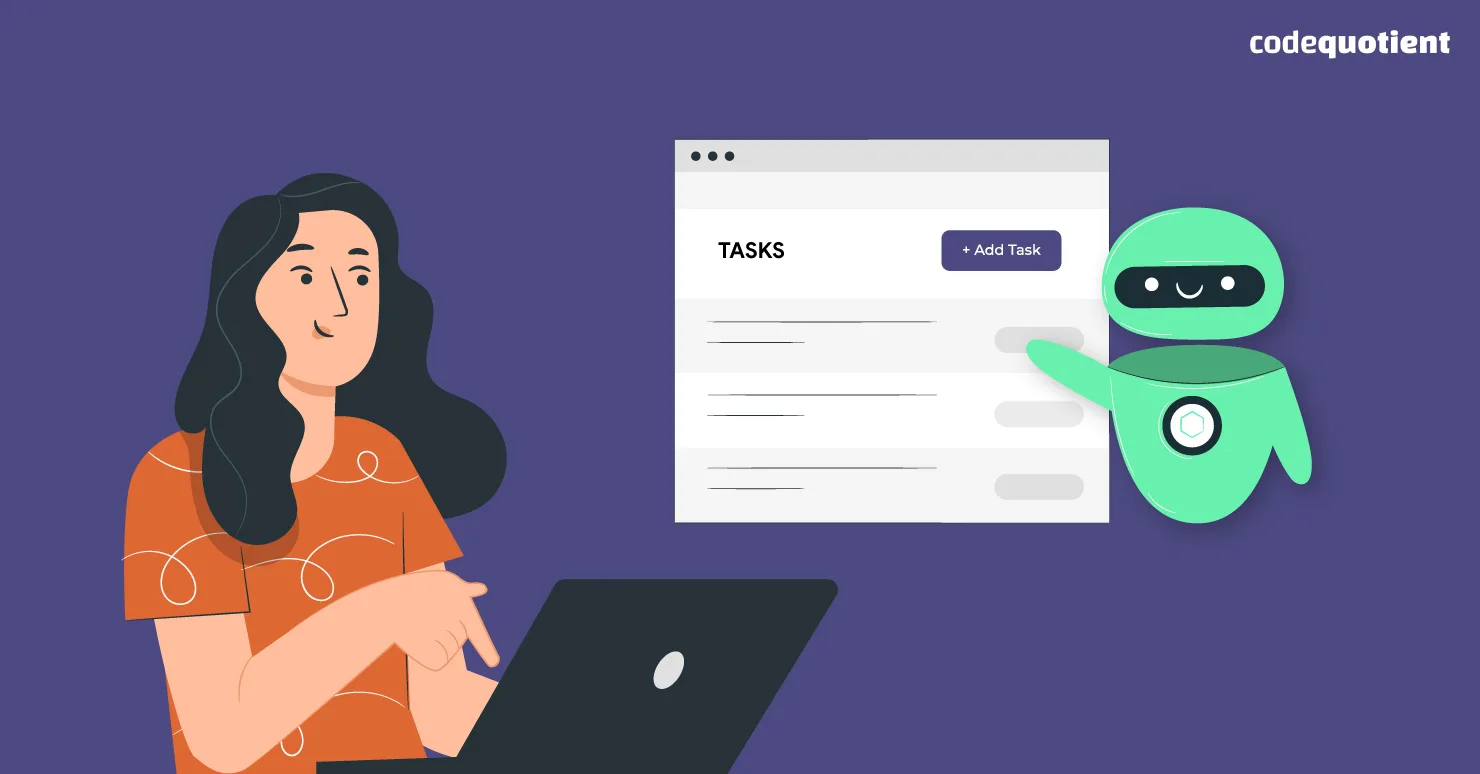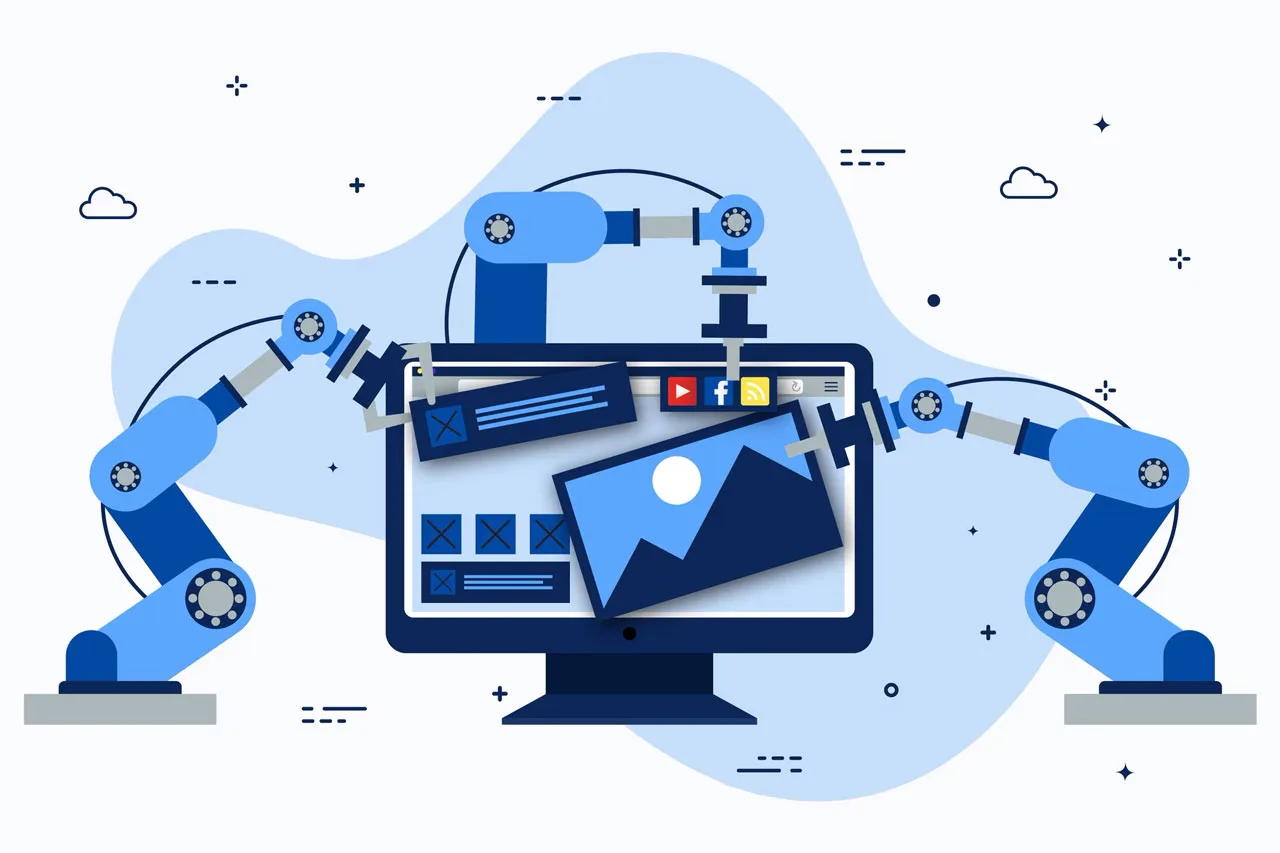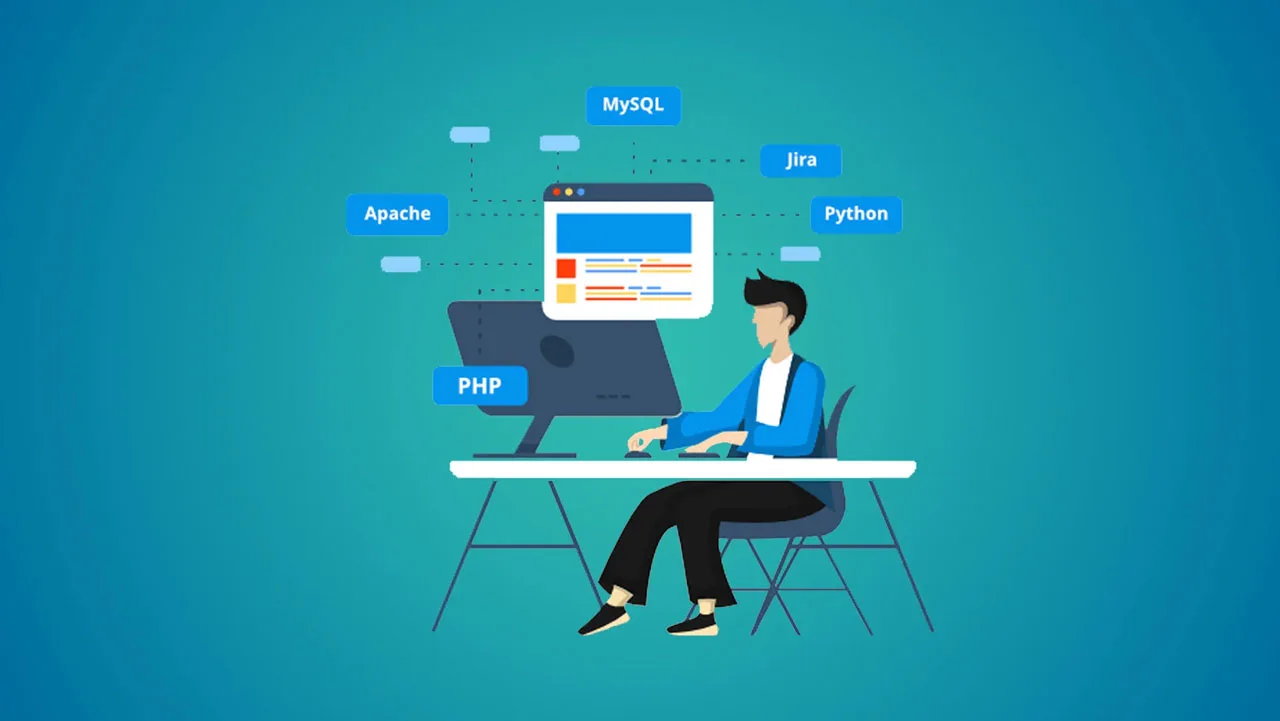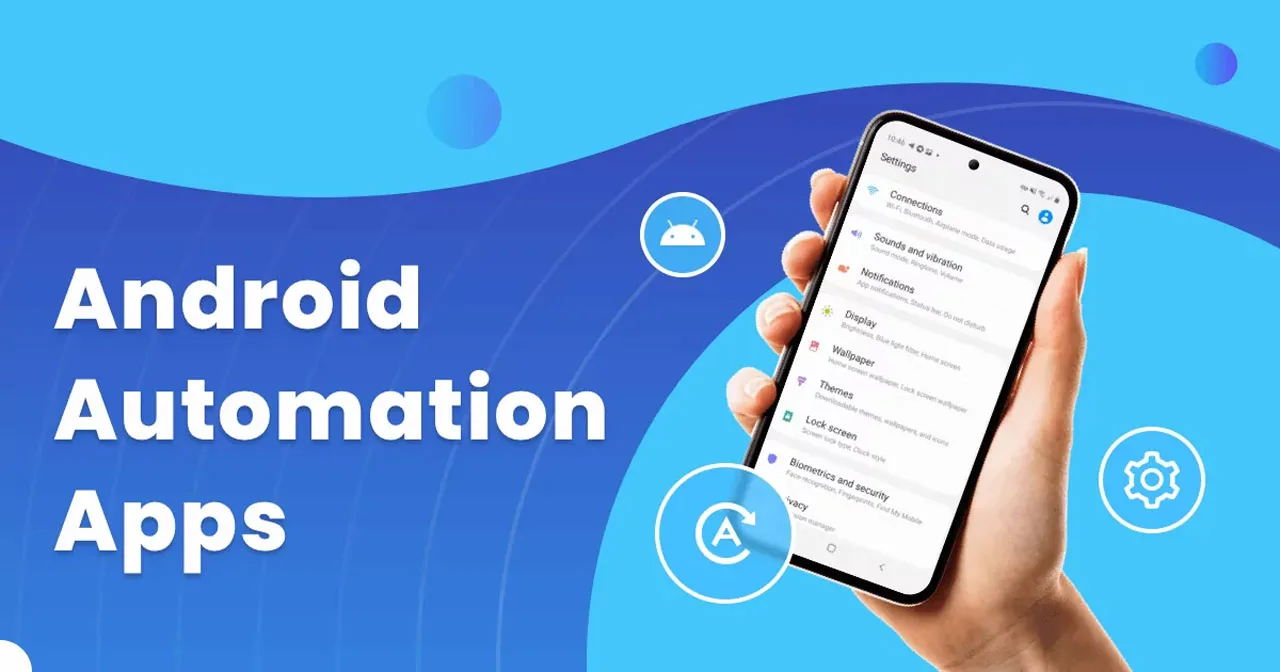In today’s digital landscape, organizations face numerous challenges in maintaining robust cybersecurity and protecting sensitive data. However, with the advent of IT task automation (ITA), these challenges can be effectively addressed.
This article explores the role of IT task automation in enhancing cybersecurity and data protection measures, highlighting its ability to detect and respond to security threats efficiently, streamline compliance processes, and ensure the integrity and confidentiality of sensitive information.
Introduction: Challenges in Cybersecurity and Data Protection

Organizations across industries grapple with the increasing complexity and sophistication of cyber threats, as well as the need to comply with stringent data protection regulations. With the proliferation of digital technology and the interconnectedness of systems, the risk of cyber attacks and data breaches has become a significant concern for businesses. According to recent studies, cyber attacks have increased in the past years, highlighting the urgency for organizations to strengthen their cybersecurity measures.
Additionally, organizations must navigate a complex web of data protection regulations, such as the General Data Protection Regulation (GDPR) in Europe and the California Consumer Privacy Act (CCPA) in the United States. Failure to comply with these regulations can result in severe financial penalties and damage to an organization’s reputation. Therefore, organizations need comprehensive strategies to tackle these challenges and protect their valuable data assets.
The Role of IT Task Automation in Strengthening Security Operations
IT task automation plays a crucial role in bolstering security operations by enabling organizations to proactively detect and respond to security threats. By automating repetitive and time-consuming tasks, organizations can free up their IT teams to focus on more critical security issues and reduce the risk of human error.
Use Case 1: Automating Threat Detection and Incident Response Processes
One of the key benefits of IT task automation is its ability to enhance threat detection and incident response processes. Traditional methods of monitoring security events and detecting threats rely heavily on manual intervention, making them prone to errors and delays. By leveraging automation, organizations can achieve real-time monitoring of their systems, enabling them to identify and respond to potential security breaches promptly.

For example, ITA can be used to set up automated alerts that notify security teams when specific indicators of compromise are detected. This ensures that security incidents are addressed in a timely manner, reducing the potential impact of a breach. Additionally, automated remediation processes can be put in place to automatically mitigate security threats without human intervention, further strengthening an organization’s security posture.
Use Case 2: Streamlining Compliance and Audit Procedures through Automation
Compliance with data protection regulations and industry standards is a critical aspect of cybersecurity. However, ensuring compliance can be a complex and resource-intensive process. IT task automation can streamline compliance and audit procedures by automating repetitive tasks such as compliance checks, audit trail creation, and reporting.
Automated compliance checks can help organizations ensure that their systems are configured correctly and meet the necessary security standards. By automating the creation of audit trails, organizations can maintain a comprehensive record of all activities within their systems, facilitating compliance audits. Automated reporting capabilities allow organizations to generate accurate and up-to-date compliance reports on-demand, saving time and effort.
Use Case 3: Enhancing Data Protection Measures with Automated Backup and Recovery Systems
Data protection is paramount in cybersecurity, and automated backup and recovery systems play a crucial role in safeguarding sensitive information. IT task automation can enhance data protection measures by automating backup scheduling, secure data transfer, and recovery processes.
Automated backup scheduling ensures that critical data is regularly backed up without manual intervention. By automating secure data transfer processes, organizations can ensure that data is transmitted securely between systems or to offsite storage locations. In the event of a data loss or system failure, automated recovery processes can quickly restore data and minimize downtime.
Best Practices for Implementing in a Cybersecurity Context
Implementing IT task automation requires careful planning and execution to maximize its benefits while minimizing potential risks. Organizations should consider the following best practices when incorporating automation into their cybersecurity strategies:
Identifying Suitable Automation Opportunities

Not all tasks are suitable for automation. Organizations should carefully evaluate their existing processes to identify tasks that are repetitive, time-consuming, and prone to human error. These are the ideal candidates for automation.
Conducting Risk Assessments
Organizations should conduct thorough risk assessments to identify potential risks and vulnerabilities. This will help in designing appropriate security controls and ensuring that automated processes do not introduce new risks or compromise existing ones.
Integrating Automation into Existing Security Frameworks
Task automation should be seamlessly integrated into existing security frameworks and processes. This ensures that automated tasks are aligned with organizational objectives and security policies.
Ensuring Ongoing Monitoring and Optimization
IT task automation is not a one-time implementation. Organizations should continuously monitor and optimize their automated processes to ensure they remain effective and aligned with changing security requirements.
The Future of IT Task Automation
The field of ITA continues to evolve rapidly, presenting exciting possibilities for improving data protection and cybersecurity. As technology advances, new trends and technologies will shape the future of ITA in the context of cybersecurity.
Machine Learning and Artificial Intelligence
Machine learning and artificial intelligence (AI) have the potential to revolutionize cybersecurity. These technologies can analyze vast amounts of data and identify patterns that humans may miss. By leveraging machine learning and AI algorithms, IT task automation can become even more effective in detecting and responding to security threats.
Advanced Analytics
Advanced analytics techniques, such as predictive analytics and behavioral analytics, can provide organizations with valuable insights into potential security risks. By integrating advanced analytics into ITAprocesses, organizations can proactively identify emerging threats and take appropriate preventive measures.
Integration of Automation with Other Cybersecurity Solutions
The integration of IT task automation with other cybersecurity solutions, such as threat intelligence platforms and security information and event management (SIEM) systems, can further enhance an organization’s security posture. By sharing information and automating responses across different security tools, organizations can create a more cohesive and efficient cybersecurity ecosystem.
As organizations face ever-evolving cyber threats and regulatory pressures, harnessing the power of IT task automation becomes essential for enhancing cybersecurity and data protection. By automating threat detection, streamlining compliance processes, and bolstering data protection measures, organizations can stay one step ahead in the battle against cybercrime. Embracing best practices and keeping an eye on future trends will ensure organizations are well-prepared for the challenges that lie ahead.
Read more:












